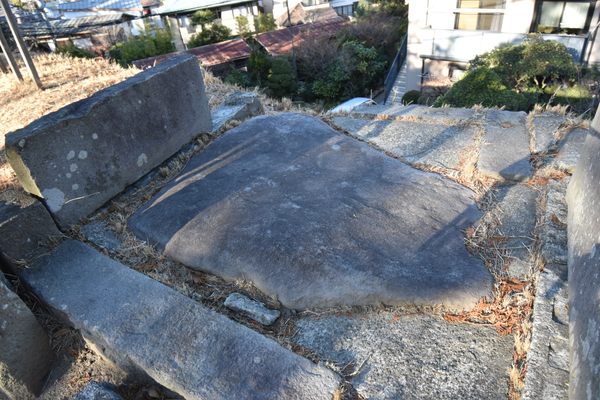AO Edited
Espigueros of Lindoso
These narrow stone granaries have been used to store and dry out grain for hundreds of years.
Espigueros of Lindoso are elongated granaries made of stone and used for storing corn. Of the approximately 50 espigueros, the oldest date back to the 17th century. The clear-cut corners and lack of lichen from some suggest they are quite recent, and some others are made of older and newer elements, pointing at upkeep work. Each espiguero belongs to a family, and some of them are still in use today.
The bed of the espiguero is made of stone and sits on top of stubby, sturdy pillars to elevate it from the ground and protect the corn from rodents. The lateral walls have vertical vents that allow wind to blow through and dry the corn, while the front and back walls can be made of stone or wood. The roofing consists of two slabs of granite meeting in the middle and often mounted with a cross, also made of stone. Rudimentary stone steps are usually found at their front opening.
In Lindoso, all espigueros can be found on a threshing field that is slightly elevated from the nearby village. Finding espigueros on elevated ground is quite common in Portugal. Striking as this often is, the choice of the location is due to functional rather than aesthetic concerns. A higher location is likely to receive the highest amount of wind, and the more ventilation, the better when it comes to drying corn. This need is all the more obvious when considering that harvest occurs in autumn, and December is the month with the highest precipitation.
The fact that espigueros tend to be built in a single cluster near the village led some scholars to believe that it was an indication of a communal way of life. However, further research revealed that the clustering probably served the purpose of facilitating surveillance against thieves.























Follow us on Twitter to get the latest on the world's hidden wonders.
Like us on Facebook to get the latest on the world's hidden wonders.
Follow us on Twitter Like us on Facebook